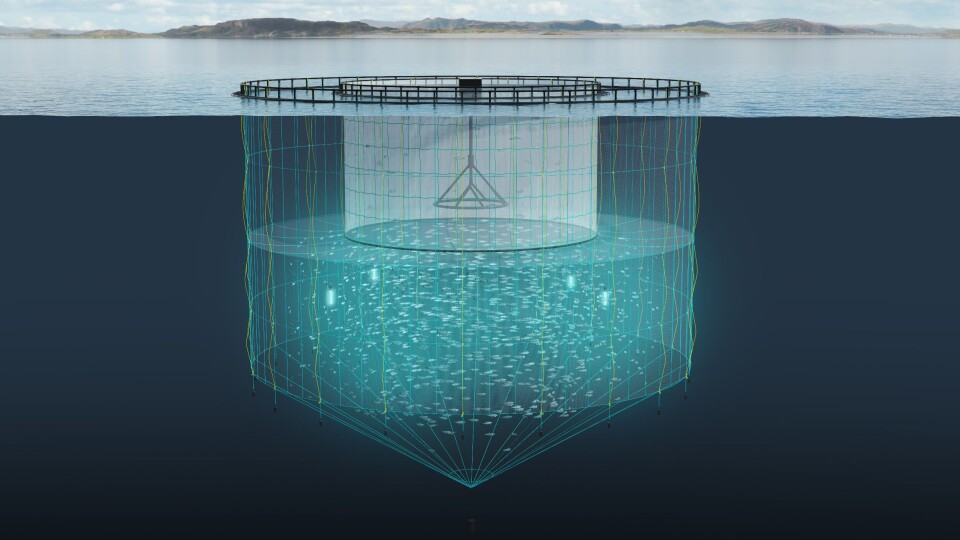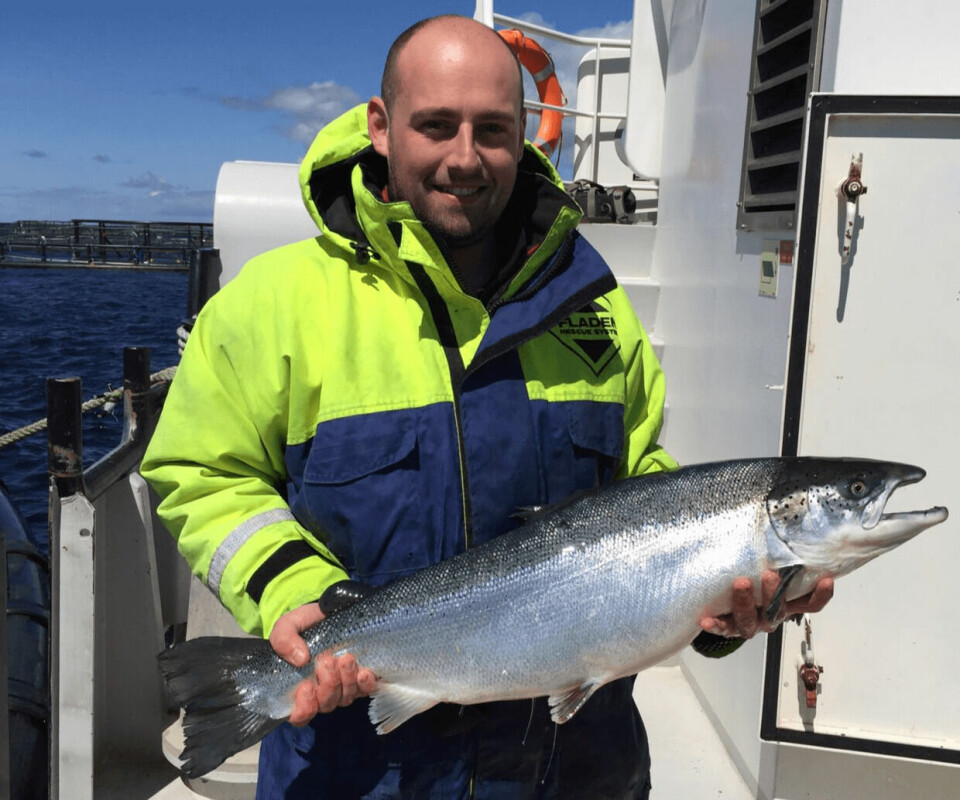
Mowi to trial snorkel cages at Scottish site
Mowi Scotland is to trial AKVA’s Tubenet system – a type of snorkel cage – at one of its farms near Craobh Haven, Argyll and Bute, with the first fish going into the cages next month.
News of the trial follows an announcement from Norwegian aquaculture supplier AKVA yesterday that it had agreed a NOK 100 million (£7.7m) deal to deliver its patented Tubenet system to seven Mowi sites in Norway.
Snorkel cages keep fish below the sea lice layer – approximately the top 10 metres of the water – so that they encounter fewer lice. When fish head up to the surface to fill their swim bladders with air, they are protected by a tarpaulin which encircles a wide tube in the middle, all the way up to the water line.
80% lice reduction

The Norwegian Institute of Marine Research (IMR) has documented an 80% drop in lice infestations in fish farms with snorkel cages.
“Given the success of Tubenet trials at the Centre for Aquaculture Competence in Norway, we are keen to adapt this new and novel approach to sea lice prevention in Scotland,” said Mowi Scotland deputy production director Sean Anderson.
“Installation of the system at one of our farms near Craobh Haven is nearly complete and the first group of salmon will be entered in May.
“We hope the Tubenet provides another effective tool for our successful management of sea lice, complementing our other strategies that now include mechanical removal and cleaner fish. Mowi are the first to deploy the Tubenet in Scotland and if it is a success we will look to convert more sites.”
Increased fish welfare
“It will be exciting to see the concept put to use outside of Norway,” said AKVA group Nordic marketing director Hans-Øyvind Sagen.
“We strongly believe in Tubenet as an effective contributor to salmon lice challenges. If you manage to separate lice and salmon during periods of more lice pressure without compromising either fish welfare or production efficiency, it could significantly reduce companies’ production costs - and increase fish welfare accordingly.”























































